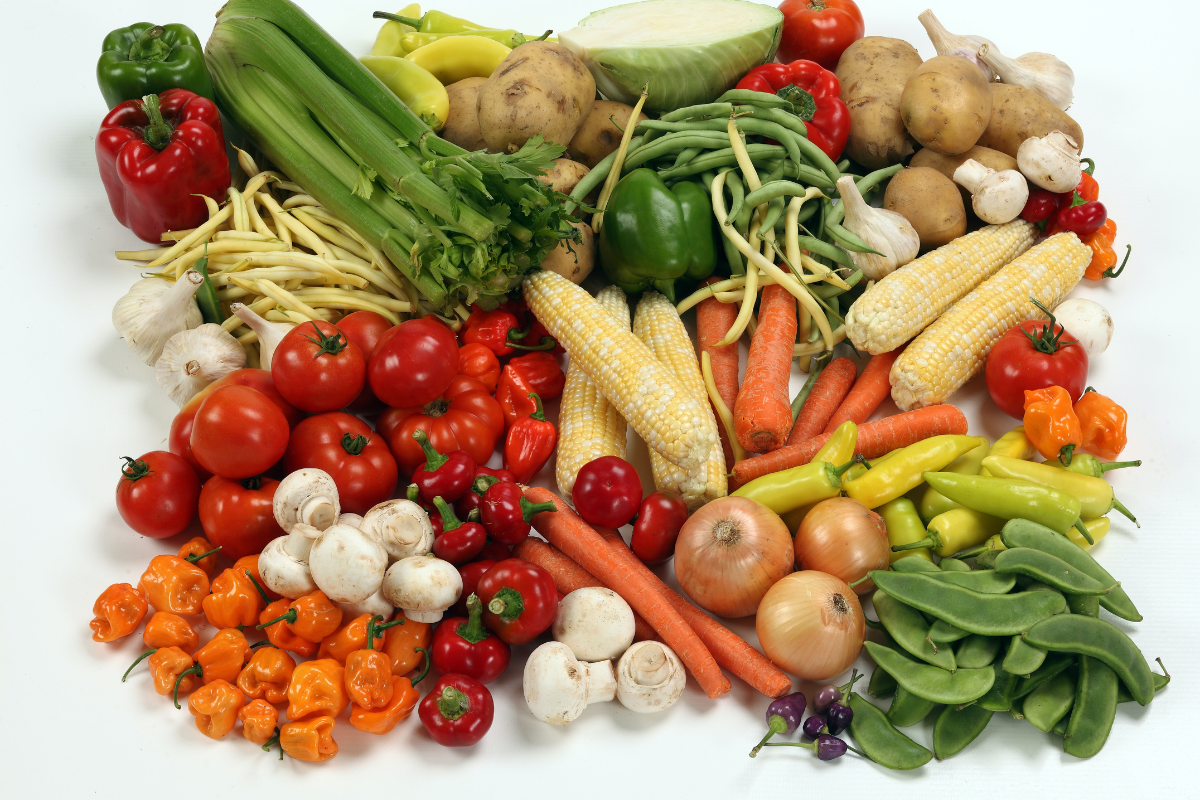
With Governor JB Pritzker’s signature on House Bill 2879, the Farm to Food Bank Program has been established in Illinois. The program helps farmers donate their surplus produce to local food banks and assists more than 1 million Illinoisans facing food insecurity. An ongoing three-year Illinois Sustainable Technology Center (ISTC) effort, which includes a feasibility study and pilot projects, has proven that the program can be successful in Illinois.
“This new law recognizes that we have a lot of residents facing hunger and a lot of surplus food on farms,” said Zach Samaras, ISTC technical assistance engineer and project director. “This program will support farmers with a secondary market, provide local, nutritious food to those in need, and reduce wasted food and wasted resources at the farm.”
The ISTC feasibility study began in 2020 when Feeding Illinois, the association of Feeding America food banks serving the state, commissioned ISTC to discover if the Farm to Food Bank Program is needed, wanted, and achievable in Illinois. ISTC staff visited eight food banks to learn about any existing relationships with local farmers and interviewed organization personnel that manage similar programs in 14 other states. In partnership with the Illinois Farm Bureau and the Illinois Specialty Growers Association, they also surveyed and conducted focus groups with Illinois farmers.
Over 60 percent of farmers surveyed were interested in finding new markets for some or all their commodities. The barriers to donating or selling food to food banks were primarily packing and labor expenses, storage, and transportation.
In 2022, ISTC coordinated six pilot projects that resulted in donations of nearly 2.5 million pounds of produce that would have otherwise gone to waste, yielding nearly 990,000 meals. Feeding Illinois received a grant from the U.S. Department of Agriculture that provided $611,000 to reimburse farmers for some of their expenses incurred in donating produce.
“We learned from our focus groups that farmers want to donate their surplus food, but that it should not be a burden on them financially to pick produce, package it, and deliver it to food banks,” Samaras said. “This program provides a safety net for farmers so they can grow a few extra acres for their primary markets, knowing that if they don’t sell everything, there is a program that can help them recoup some costs and make sure that the food is going to end up on someone’s plate.”
The newly signed law will invest $2 million to support already strained food banks and the farmers who donate food. The law also provides grants for capital improvements to transport and store food for underserved communities, which often lack the resources for residents to obtain fresh fruits and vegetables.
Links for more information about the feasibility study, Farm to Food Bank survey results, pilot projects, and a 2022 summary report are available on the ISTC Technical Assistance Program website. ISTC is a unit of the Prairie Research Institute at the University of Illinois Urbana-Champaign.
—-
Media contacts: Zach Samaras, 217-265-6723, zsamaras@illinois.edu; Joy Scrogum, 217-333-8948, jscrogum@illinois.edu.

